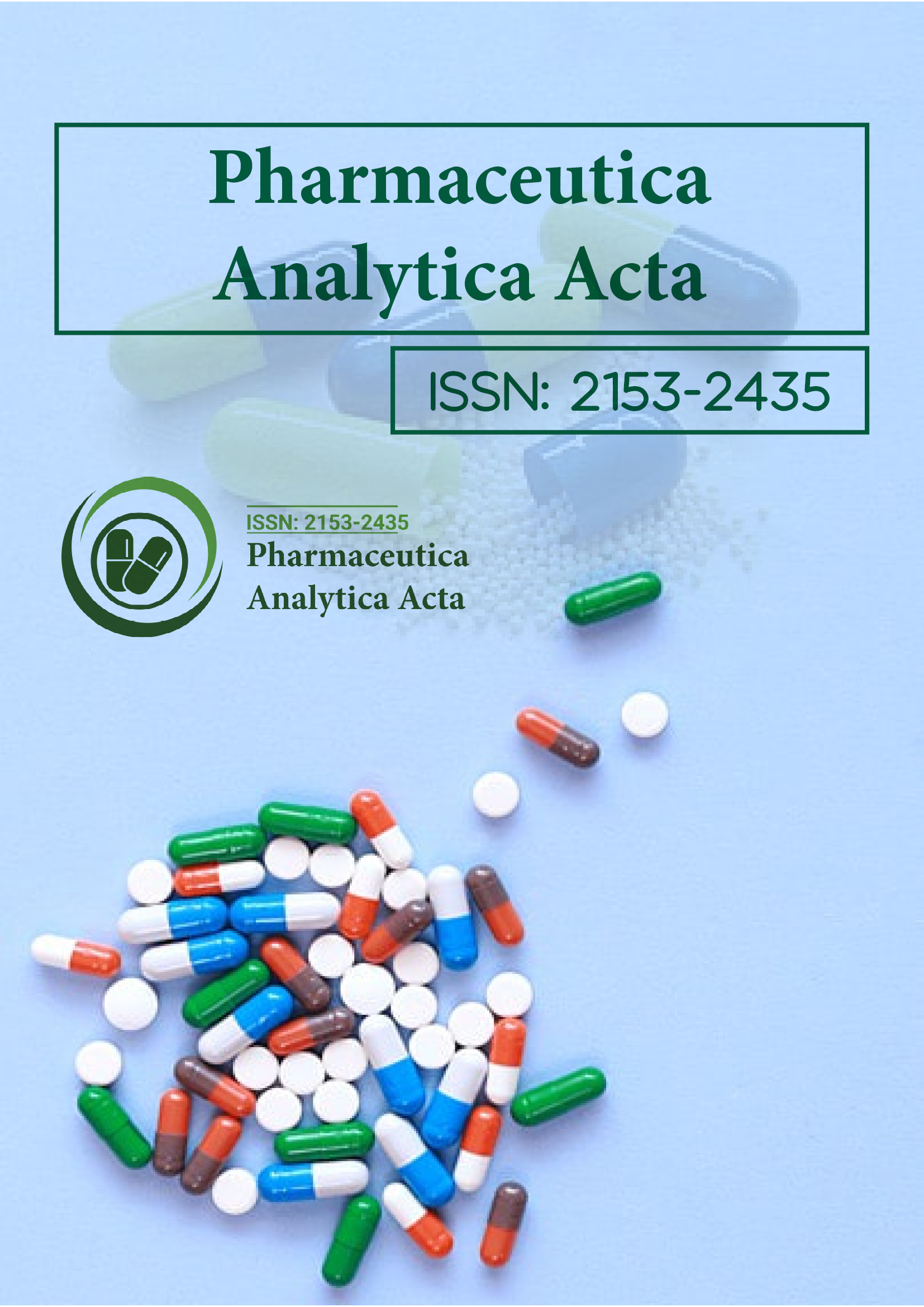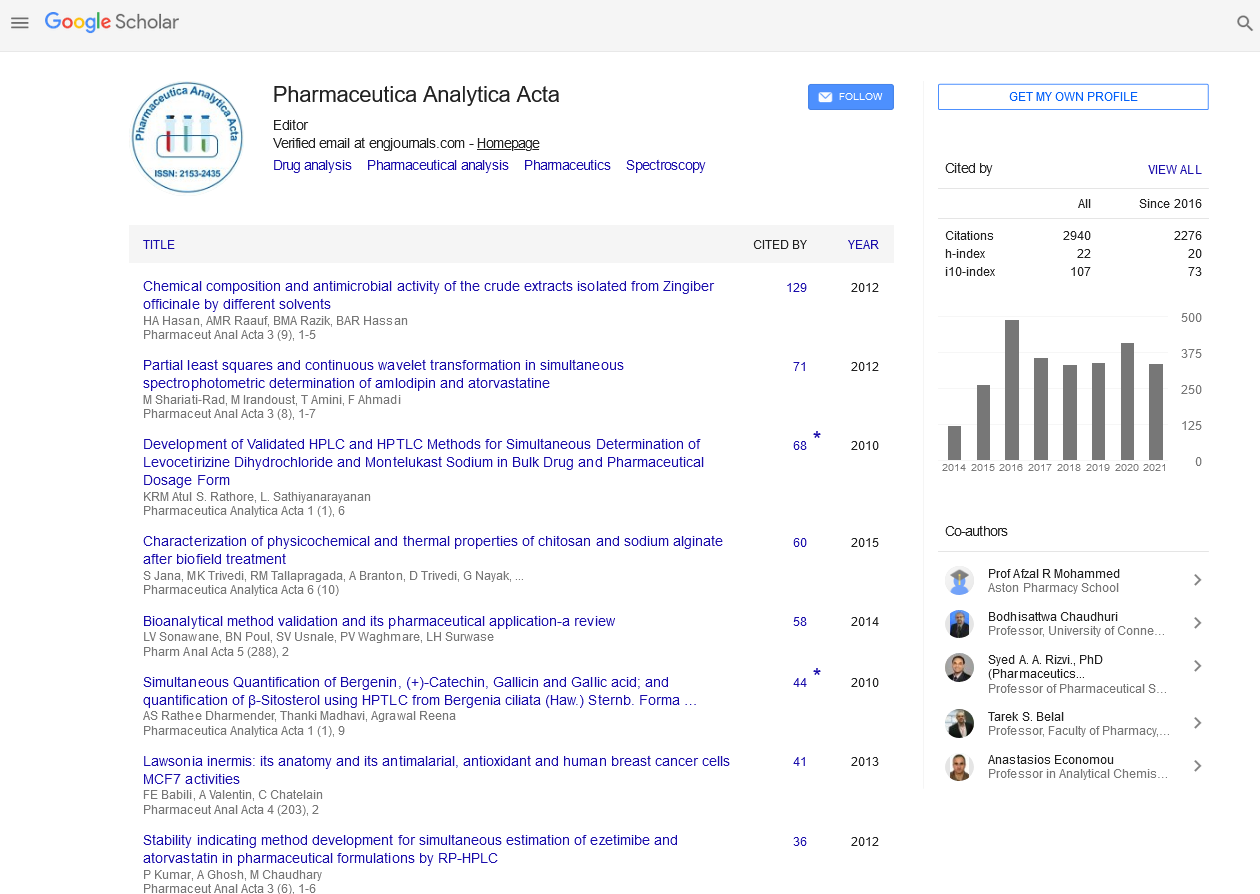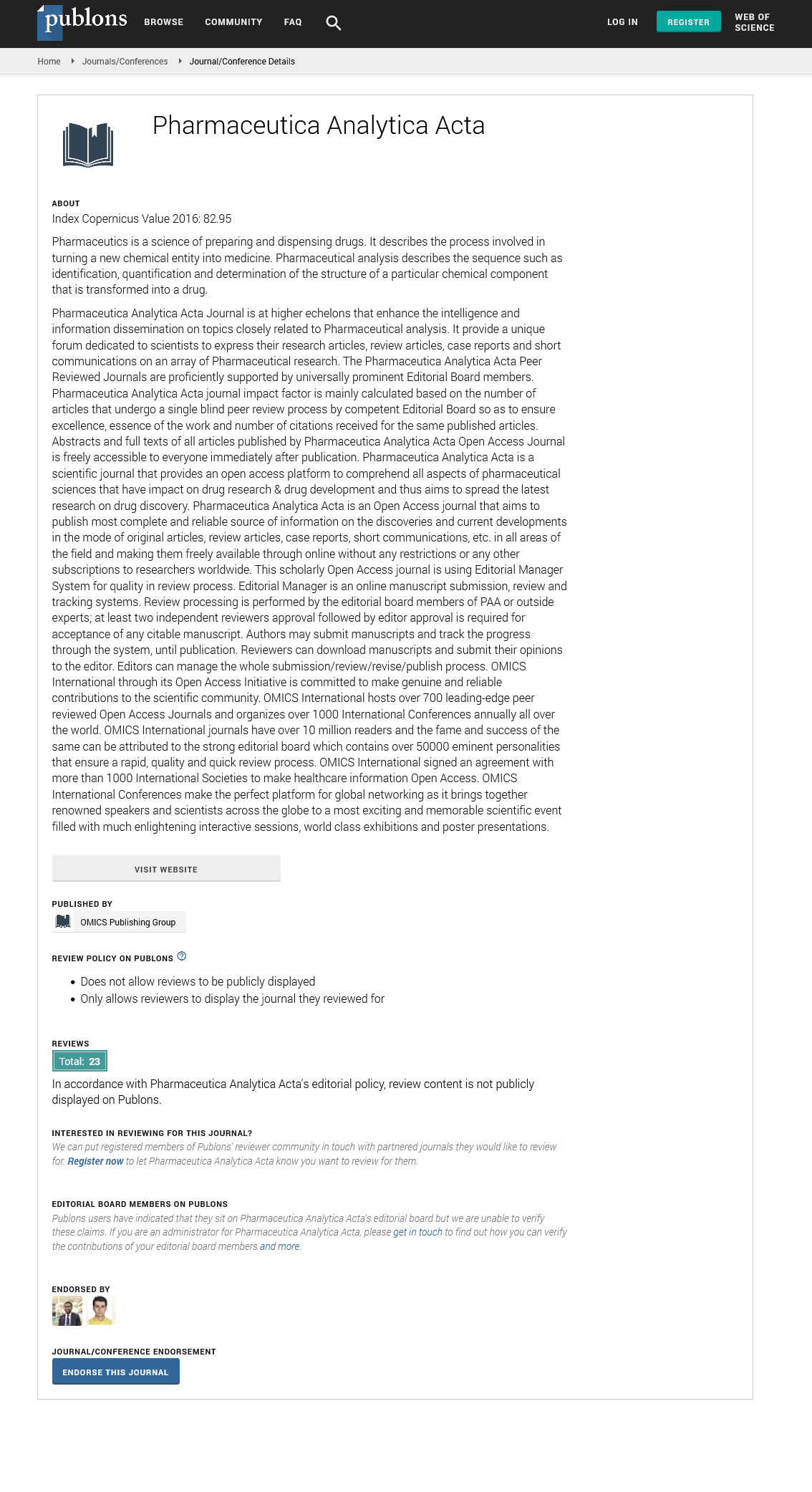Indexed In
- Open J Gate
- Genamics JournalSeek
- Academic Keys
- JournalTOCs
- The Global Impact Factor (GIF)
- China National Knowledge Infrastructure (CNKI)
- Ulrich's Periodicals Directory
- RefSeek
- Hamdard University
- EBSCO A-Z
- OCLC- WorldCat
- Publons
- Geneva Foundation for Medical Education and Research
- Euro Pub
- Google Scholar
Useful Links
Share This Page
Journal Flyer

Open Access Journals
- Agri and Aquaculture
- Biochemistry
- Bioinformatics & Systems Biology
- Business & Management
- Chemistry
- Clinical Sciences
- Engineering
- Food & Nutrition
- General Science
- Genetics & Molecular Biology
- Immunology & Microbiology
- Medical Sciences
- Neuroscience & Psychology
- Nursing & Health Care
- Pharmaceutical Sciences
Thermoresponsive Physical and Chemical Hydrogels in Drug Delivery
2nd World Congress on Bioavailability & Bioequivalence: Pharmaceutical R & D Summit-2011 and International Conference on Pharmaceutics & Novel Drug Delivery Systems
06-08 June 2011, Las Vegas, USA
Hossein Omidian and David Mastropietro
Scientific Tracks Abstracts: PAA
Abstract:
Hydrogels have long been known as an eff ective platform for controlled drug delivery. Th ese can extend the diff usional path for the drug release, and hence its release time. Th e sol-gel transition in thermoresponsive hydrogels is triggered by temperature. In this study, we review the advantages and disadvantages of diff erent thermoresponsive hydrogel structures with the focus on their solubility, swelling, purity, stability, and release mechanism. Th e HLB value of the hydrogel polymer (resembling the ratio of hydrophilic and hydrophobic contents of the structure) and its molecular weight are the most important factors aff ecting the reversible sol-gel transition of physical hydrogels. Above these, the crosslink density will remain as the most dynamic factor in determining gel properties of the thermosensitive chemical hydrogels. Physical hydrogels benefi t from an acceptable impurity profi le as those based on poloxamers and N-isopropylacrylamide can be prepared as very pure utilizing a vigorous purifi cation procedure. Such hydrogels in their crosslinked form, however, may lose their acceptable purity profi le as inter-chain chemical links reduce the purifi cation effi ciency by preventing the polymer dissolution in an appropriate extracting solvent. Due to induced crosslinks, chemical hydrogels are naturally porous in structure, which implies that the stability of such hydrogels may be aff ected by the crosslink density. Moreover drug release from physical hydrogels is controlled by a combined diff usion and relaxation mechanisms, while the release is dominated by diff usion mechanism for chemically crosslinked hydrogels.
Biography :
Hossein Omidian has PhD in polymer, and is currently a faculty at Nova Southeastern University. He has more than 20 years of research experience with hydrogels, holding patents, book chapters, peer-reviewed manuscripts and conference presentation on the fi eld.


